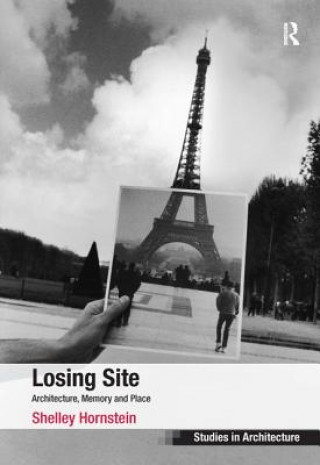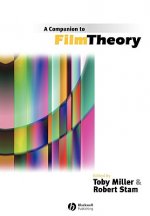
Doručení
Nákupní rádce





Nehodí se? Vůbec nevadí! U nás můžete do 30 dní vrátit
 Dárkový poukaz
V libovolné hodnotě
Dárkový poukaz
V libovolné hodnotě
S dárkovým poukazem nešlápnete vedle. Obdarovaný si za dárkový poukaz může vybrat cokoliv z naší nabídky.
Losing Site
 Angličtina
Angličtina
 531 b
531 b
30 dní na vrácení zboží
Mohlo by vás také zajímat


As Ruskin suggests in his "Seven Lamps of Architecture": 'We may live within [architecture], and worship without her, but we cannot remember without her.' We remember best when we experience an event in a place. But what happens when we leave that place, or that place no longer exists? This book addresses the relationship between memory and place and asks how architecture captures and triggers memory. It explores how architecture exists as a physical entity and how it registers as a place that we come to remember beyond the physical site itself. It questions what architecture is in the broadest sense, assuming that it is not simply buildings. Rather, architecture is considered to be the mapping of physical, mental or emotional space. The idea that we are all architects in some measure - as we actively organize and select pathways and markers within space - is central to this book's premise. Each chapter provides a different example of the manifold ways in which the physical place of architecture is curated by the architecture in our 'mental' space: our imaginary toolbox when we think of a place and look at a photograph, or visit a site and describe it later or send a postcard. By connecting architecture with other disciplines such as geography, visual culture, sociology, and urban studies, as well as the fine and performing arts, this book puts forward the idea that a conversation about architecture is not exclusively about formal, isolated buildings, but instead must be deepened and broadened as spatialized visualizations and experiences of place.
Informace o knize
 Angličtina
Angličtina
Kategorie




 Jak nakupovat
Jak nakupovat

























